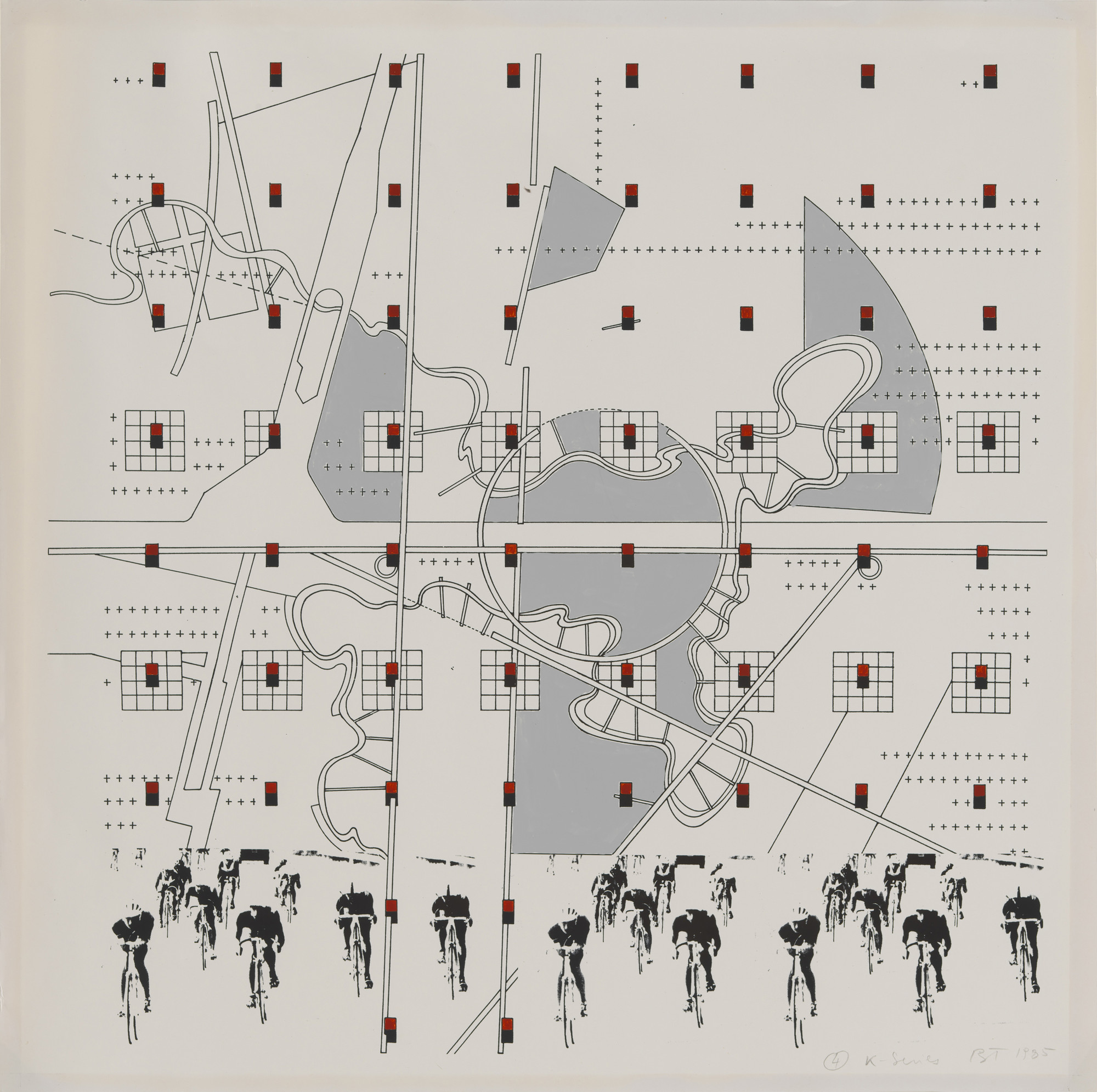
As a student of architecture, the formative years of study are a period of wild experimentation, bizarre use of materials, and most importantly, a time to make mistakes. Work from this period in the life of an architect rarely floats to the surface - unless you're Zaha Hadid or Frank Gehry, that is. A treasure trove of early architectural drawings from the world's leading architects has recently been unearthed from the private collection of former Architectural Association Chairman Alvin Boyarsky. The collection is slated to be shown at the Kemper Art Museum, Washington University, St. Louis, as a part of the exhibition Drawing Ambience: Alvin Boyarsky and the Architectural Association from September 12th to January 4th, 2015.
Take a look at the complete set of architects and drawings for the exhibition after the break.

The exhibition tracks numerous major shifts in architectural practice that occurred during Boyarsky's tenure at the Architectural Association (AA) from 1971 until his death in 1990. Hand drawing was a major component of Boyarsky's educational philosophy, in reaction to to the advent of computer-aided design during his tenure. Boyarsky oversaw numerous unprecedented changes to architectural education including a major shift towards the importance of visual art in design; new methods of conceiving public space; finding connections between contemporary culture and the built environment; and a focus on interdisciplinary practice.

Dozens of architects are included in the exhibition, comprised of nearly forty drawings and prints of modern and postmodern works by leading architects. Early works from prominent Architectural Association graduates include Peter Cook, Zaha Hadid, Rem Koolhaas, Daniel Libeskind, Bernard Tschumi along with Frank Gehry, Peter Eisenman, and many more. The projects represent a combination of project proposals, unrealized work, site plans, and theoretical investigations, running the gamut of Boyarsky's interdisciplinary interests.

Drawing Ambience was created in partnership with the Rhode Island School of Design, where it will be exhibited in the spring of 2015.














